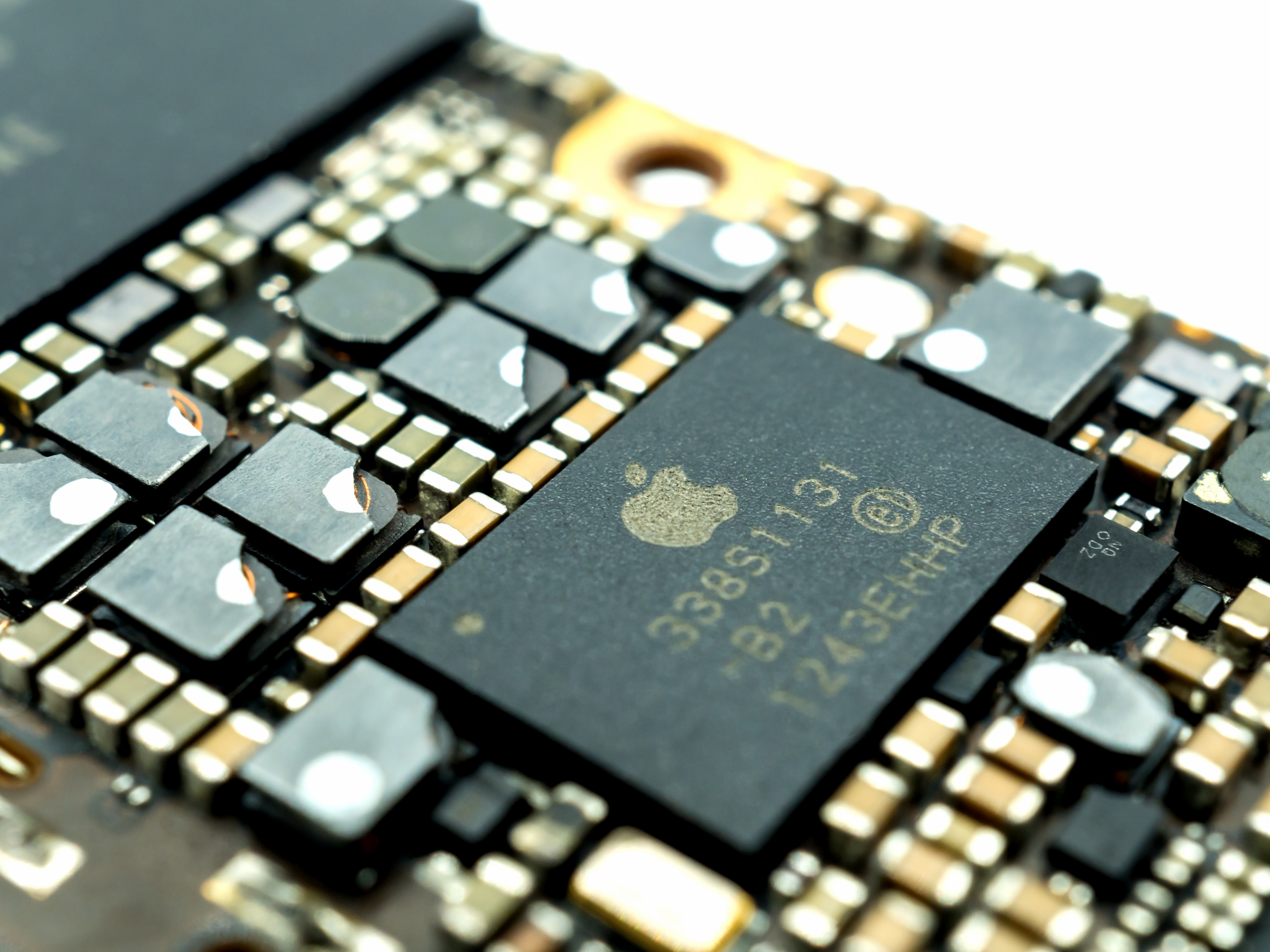A Peek Under the [Data] Hood: Look at Your Phone – The Engine’s Inside
By Philip Mustain, Mobolize | CEO and Co-Founder
Take a look at the phone in your hand, pocket or purse. (Make sure you’ve cleaned it with an antiseptic wipe to protect against the coronavirus BTW.) Its importance far outweighs its size. We use these devices to communicate with family, friends, co-workers and organizations via instant messages, video or even old-fashioned email and phone calls.
Let’s look inside the mobile device – under the “hood,” if you will. There’s a circuit board full of semiconductor signal processors, microprocessors and memory chips that manage the start, stop and all use of the apps on the device, plus store all your data from contacts to financial information. There are tiny speakers and microphones, the battery and an ever-growing number of cameras for every angle.
Importantly, there are also two important radios that sit on the circuit board. Without these two radios, the phone would be a useless, hard object. One is the cellular radio that connects to your chosen network operator (4G for most of us or 5G for those lucky to have it already). It’s what lets you make calls and send text or video data to everyone and is the service you pay for each month. The second one is a Wi-Fi radio and it connects your device to the many Wi-Fi networks you use at home, the office or in a wide variety of public sites like coffee shops, restaurants, hotels, event locations, airports etc. Access to Wi-Fi is often free.
The circuit board is where data is managed. Data. That’s the part of the phone one can’t see. It’s invisible but is key to mobile devices doing what we want them to do – understand the many coded instructions that allow the radios to connect and communicate to the apps and websites we want or need, and to the people in our lives.
Data moves around in software layers which are located on those semiconductor chips that are on the circuit board. This is where all the data command and control events happen in the mobile device. For example, a user wants to watch a video on their favorite streaming service and makes the request in a chosen app. Traveling through those layers that each have a separate function, the request is formatted into a packet like a letter inside an envelope with the correct ‘to’ and ‘return’ addresses. Formatting includes instructions and identification codes, the path the data will take, the correct network and routers to use, and it is then sent out over the cellular or Wi-Fi networks in a packet to the correct streaming service.
The streaming service receives the data packet, opens it, reads the request, selects the correct video and then repackages the data packet with the video streaming instructions and matching return instructions so the video is correctly received by the requester. All this is done in milliseconds.
This sounds normal as requests for data on mobile devices are done trillions of times a day. But there are problems regarding security and connectivity. There are ways that hackers can intercept and read your data or tag onto a data packet or envelope. This interception gives them an open path to the data on your phone, including any personal, financial or contact information you’ve stored.
We take mobile devices everywhere and without realizing it you often put the two radios in competition with one another. Have you ever been connected to the Wi-Fi at your house or a hotel and as you walk or drive away, the Wi-Fi stays connected but is not strong enough to send your message or pull up the driving directions you need? So you have to turn off the Wi-Fi radio so your phone switches to cellular and you can continue on your way. Those two radios have one job – to receive and send data (or voice) even if the signal is weak – and they often hang on to a connection and won’t let go. That means poor connectivity for the user.
This is where Mobolize and its Data Traffic Management Engine comes in. First, we’re the only smart security and connectivity solution resident on the device and that’s the best place to be. Second, we’re the only one that goes deep. Our patented data engine that has the advantage of seeing requests, where they’re going and the response back so it can help control and manage requests in the top software layers.
Third, by going deep, the Mobolize data engine is a smart data traffic manager that ensures the best connectivity and security on mobile devices. Importantly to our customers, the network operators, these capabilities carried out on the device enhance their ability to manage connectivity and security for their users.
Connectivity advantages include helping devices to stay on the most connected radio by providing smooth Wi-Fi/cellular handoff. We also boost performance with video bitrate control that stretches data usage up to 80% without impacting mobile device performance, and web/app caching that can save a bit more on data usage. Security advantages include safeguarding data by automatically blocking hackers’ malware and malicious threats without breaking apps or using excessive battery power.
We want to show how the Data Management Traffic Engines works, and to do that we need to pop the hood on the mobile device and explain more. We want to show in-depth how our data engine works in a way anyone can understand. We want to show why the device is the best place for a data engine. And we want to show how using our data engine enhances the experience for the end user and the operator. That includes higher customer satisfaction by solving connectivity and security problems that affect today’s mobile users. All at a cost that operators can appreciate.
We look forward to connecting with you. Now, remember to wash your hands, and please stay safe from the coronavirus infection.





